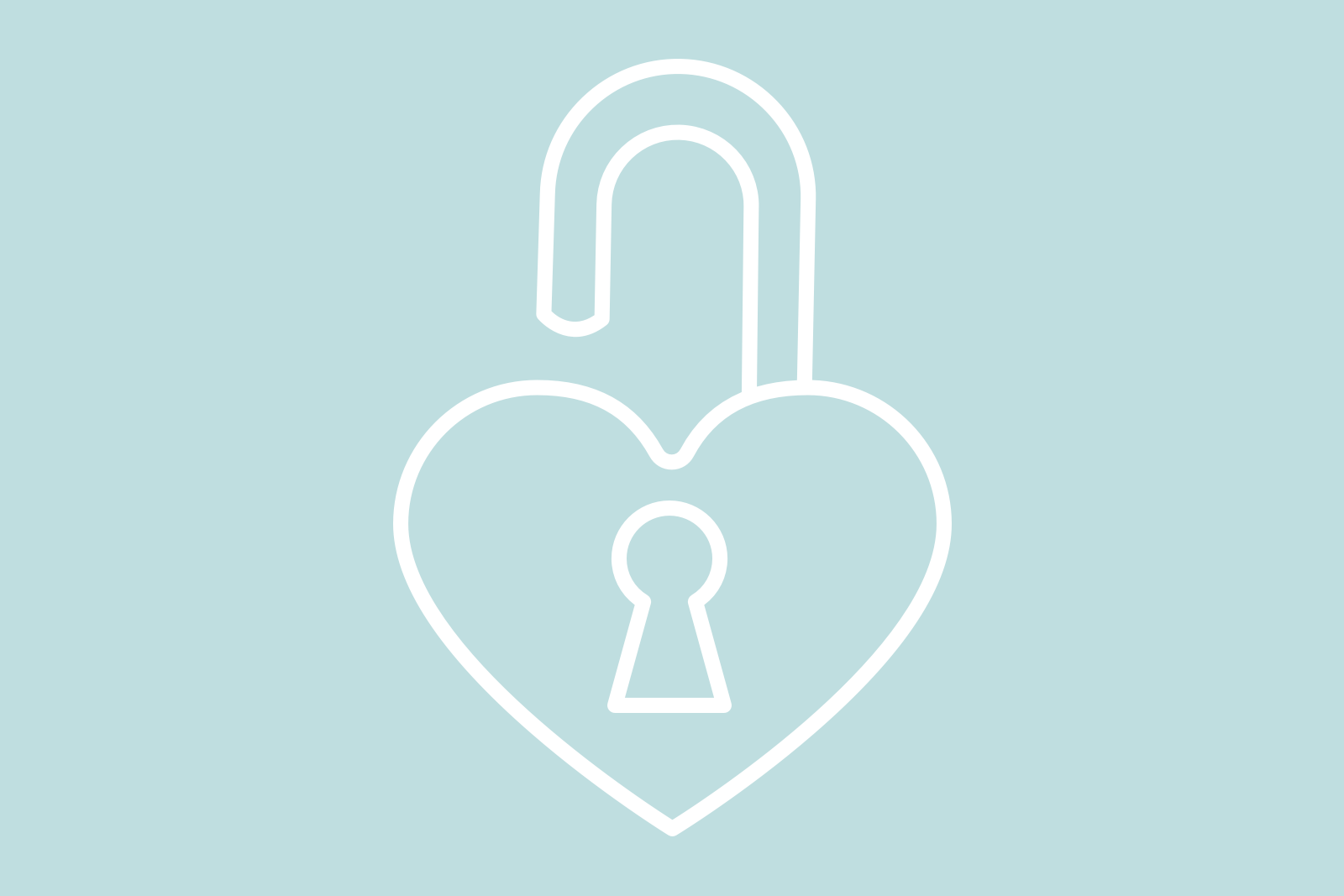One Key to Loyalty Success: Employee Members

According to Richard Branson, “Take care of your employees and they will take care of your business. It’s as simple as that.”
That’s sage advice—especially considering the direct connection between employee engagement and customer experience (CX). Forbes reports that employees at companies with excellent CX are 1.5 times more engaged than employees at companies with lower customer satisfaction ratings. Despite this potential synergy—especially for brands whose employees are also customers—organizations often miss the opportunity to include an enterprise-wide employee engagement platform in their loyalty program.
We’ve all heard the expression: Tell me and I forget, teach me and I remember, involve me and I learn. What proportion of your employees are currently enrolled in your loyalty program? And what percentage of those employees are actively engaged? Haven’t been tracking that stat?
Inviting employees into your brand loyalty program as members can improve the customer experience—and reinforce employee loyalty. In fact, engaged employees garner useful consumer insights and grow advocacy across channels. Bringing your team members closer to the brand by making them loyalty members can drive greater employee brand love and stronger loyalty program success.
Employee engagement strategies for loyalty program success:
Position employees as VIP stakeholders.
Seeing your team as vital participants central to a loyalty program’s success demonstrates inclusion. From this perspective, employees are as important as other consumers; they’re crucial to building long-term brand loyalty and achieving enterprise-wide goals.
Empower employees with knowledge.
Communicate your expectations for employee participation, engagement, and feedback within the program, but more importantly, explain the “why.” Ensure the value of the loyalty program is understood across the organization by training every employee—from the call center to the CEO—about the mechanics, features, and benefits of the program. Knowledgeable and invested employees are better equipped to create first-class experiences at each customer touch point.
Take, for example, Arby’s long-established training program, Brand Champ, which focuses on building culture and inspiring purpose in employees. Arby’s efforts to train franchisees and managers to value employees as individuals with goals and concerns outside the daily grind improves employee morale—and, in turn, the customer experience. Brand Champ is now integrated into the Inspire Brands parent company training protocol.
Maximize your built-in focus group.
Your employees can be a test group for which offerings work and which don’t. Solicit suggestions on how to improve future iterations of the loyalty program—especially benefits that change perceptions or encourage specific behaviors.
Gather a wide-ranging group of employees from different backgrounds, levels within the organization, and skill sets to explore how different individuals might use the product or service. Then go one step further and ask employee-led teams to help take those new ideas into the development phase.
Incentivize learning and engagement with employee-exclusive rewards.
Encourage and reward employee engagement in your loyalty program by creating an employee-only tier of benefits. Not sure what to offer? Ask them! Or, if you already have a successful employee rewards program, consider folding it into your customer loyalty platform to incentivize and reward engagement.
A program like Zappos’ Zollars, which allows employees to acknowledge colleagues with rewards redeemable for a variety of branded items, could easily fold into an existing loyalty program. You likely reward your most engaged customers with higher status, faster earn rates, or other perks. Why not do the same for employees?
Support and celebrate authentic employee ambassadors.
When employees experience a loyalty program and enjoy its most meaningful benefits, it naturally increases connections with customers. Employee members can share firsthand experiences, make personal recommendations, and drive greater awareness of the program’s benefits and value. In fact, 72% of consumers report feeling more connected when employees share information about a brand online.
Elevate employees to brand ambassador status when they’re highly engaged, and consistently share those ambassadors’ loyalty program stories and personal experiences across channels. Focus on a wide range of employee ambassadors that are representative of your customer base. That might include new employees, mid-career and long-term employees, boomerang employees (those who left and returned), and a range of demographics and psychographics.
Dell’s successful employee advocacy program, Dell Champions, includes more than 1,200 employee participants from 84 countries. A team of ambassadors who experience the same joys and frustrations as your customers can create a trusted foundation on which to build, maintain, or refresh your loyalty platform.
Consider the potential efficiencies and benefits of merging employee advocacy into your loyalty program. Within the employee tier, recognize and reward employees for engaging in brand advocacy with an exclusive brand-ambassador reward. Highlight key contributions and recognize the most engaged employees with an organization-wide recognition.
Engaging employees as loyalty members is an all-around win.
Strong employee engagement can be your loyalty program’s secret sauce, offering a unique blend of brand devotion and true advocacy. Deep attachment to the program and investment in its success creates lasting brand loyalty, even after employees have left the company.
A mix of rational and emotional benefits unique to employees and their needs will help provide the building blocks of a lasting relationship. Team members might not remember exactly what you did for them, but they’re almost certain to recall how you made them feel. That’s a key step in becoming and remaining authentic advocates who exemplify the brand’s vision, mission, and values.
Amy Farsht is senior director, partnership marketing for The Lacek Group, a Minneapolis-based data-driven loyalty, experience, and customer engagement agency that has been delivering personalization at scale for its world-class clients for more than 30 years. The Lacek Group is an Ogilvy company.

